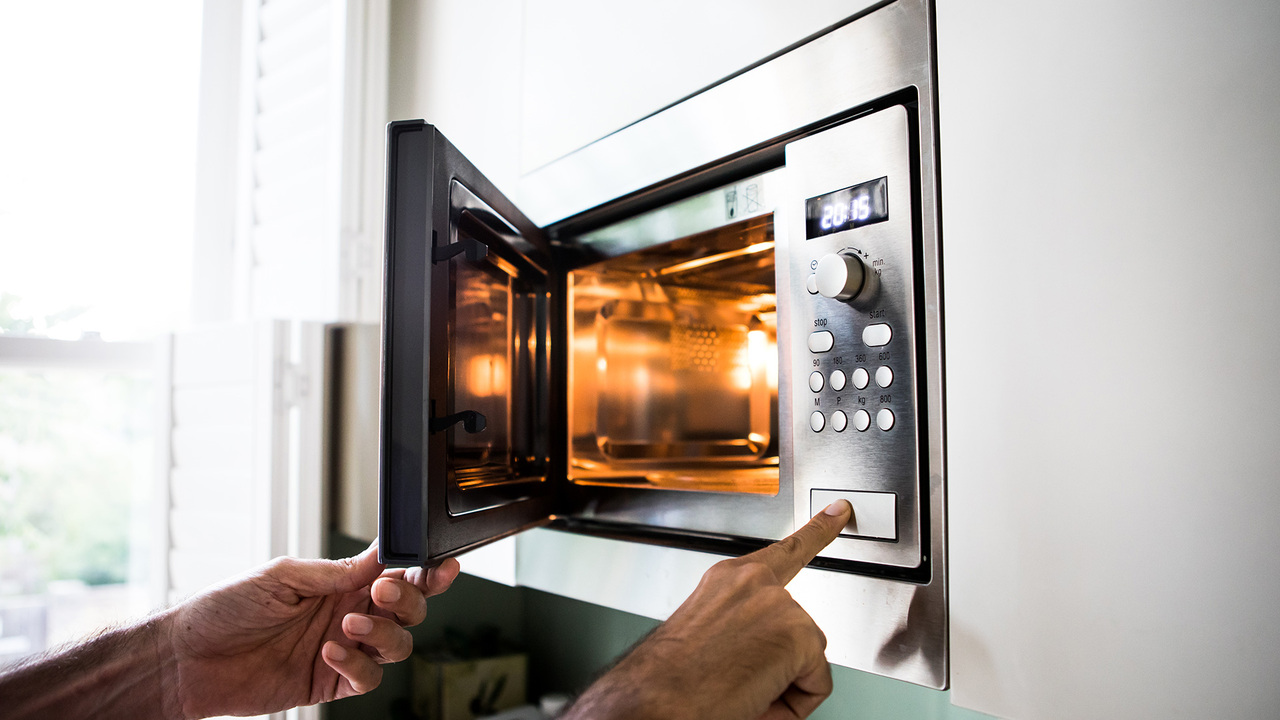Microbiologist Manuel Porcar and his colleagues took samples from the interior surfaces (including walls and rotating plates) of 30 microwave ovens. These devices were actively used in three different environments: 10 in kitchens, 10 in laboratories, and 10 in other common areas (cafeterias).
DNA analysis of bacterial colonies in these smears showed that they were dominated by Proteobacteria, Firmicutes, Actinobacteria, and Bacteroidetes, all of which are commonly found on human skin and frequently touched surfaces.
Bacteria released from kitchen microwaves included bacteria that cause foodborne illness, including Klebsiella and Brevundimonas.
Scientists do not yet understand how these microorganisms survive in microwave ovens.
Source: Ferra
I am a professional journalist and content creator with extensive experience writing for news websites. I currently work as an author at Gadget Onus, where I specialize in covering hot news topics. My written pieces have been published on some of the biggest media outlets around the world, including The Guardian and BBC News.










